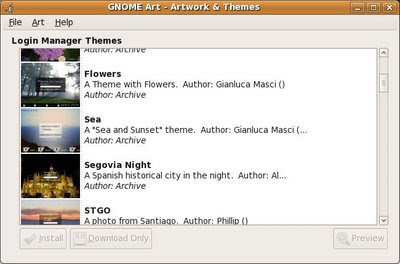Within the next couple of hours, Microsoft will release the first beta version of their Microsoft Security Essentials (MSE, codename Morro) to selected regions.
MSE is an anti-malware software aimed to provide protection against viruses, spyware, rootkits and trojans for certain Windows operating systems.
Here are some of the fact findings:
- The core developer team of MSE is in Israel.
- This beta release will be made available on 23 June 2009 to the first 75,000 downloads from Brazil, Israel and the United States.
- It is treated as the successor of Windows Live OneCare, which is a subscription based security solution from Microsoft which has been phased out since end of 2008. Retail sales of Windows Live OneCare will be discontinued by end of June 2009.
- Its antivirus framework is the same with Windows Live OneCare.
- Subsequent beta release(s) will include China. Its final release to the whole world will be by end of 2009.
- It will be made available free of charge and downloadable from Microsoft website.
- It can be installed in 32-bits and 64-bits version of Windows XP (SP2 and above), Windows Vista, and Windows 7.
- Its installation will need to pass through the Microsoft's anti-piracy Windows Genuine Advantage (WGA) validation process.
- It is designed to be lightweight and use little system resources.
- It is reported to take up about 50MB of RAM when running.
- It is able to provide real-time protection with heuristic feature.
- It has a user interface similar like Windows Defender. If Windows Defender is found when installing MSE, MSE will replace itself to Windows Defender.
- It relies on Windows Automatic Update feature to update its malware signature database.















